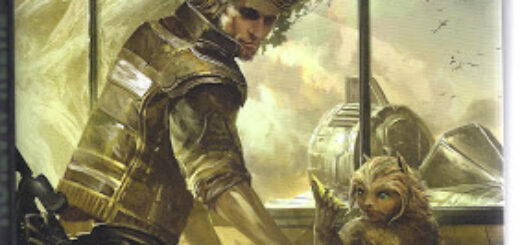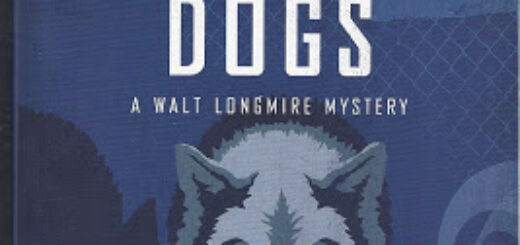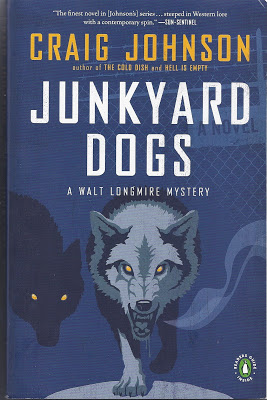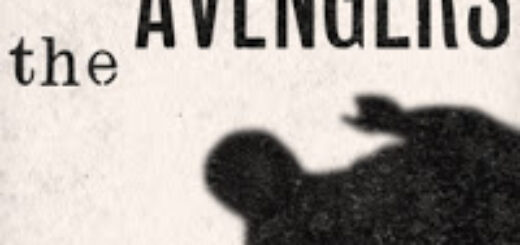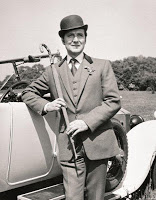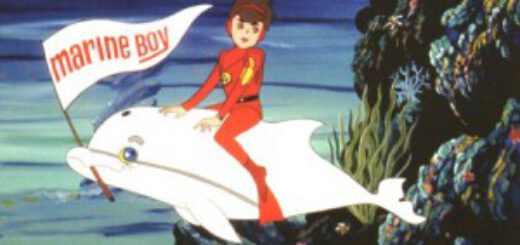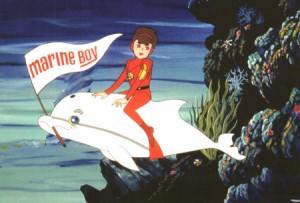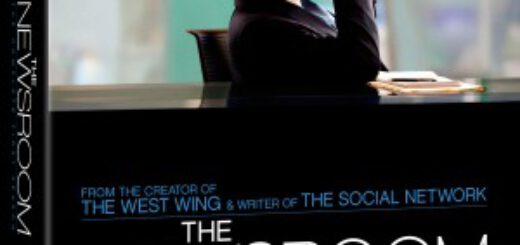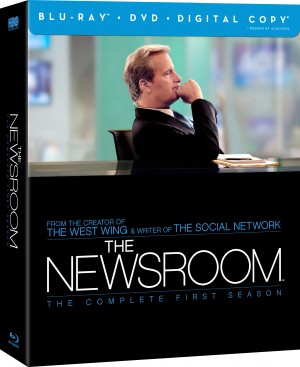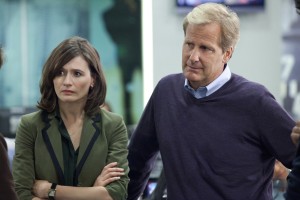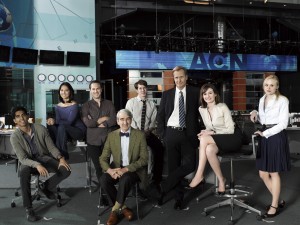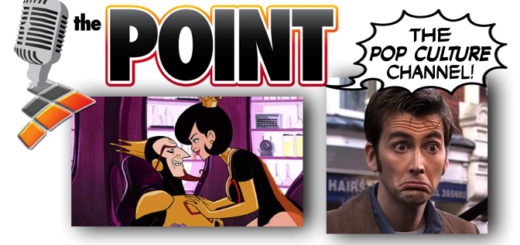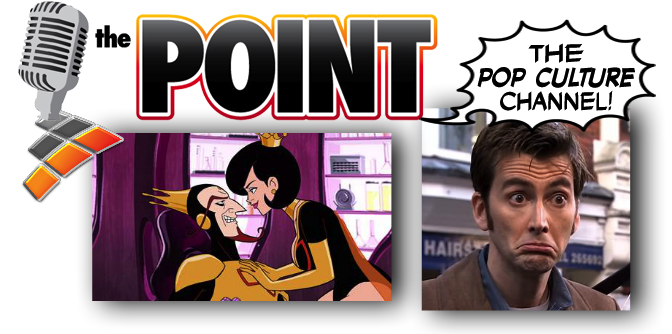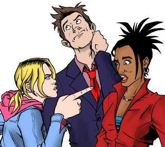Pulp Fiction Reviews Fuzzy Nation
All Pulp’s Ron Fortier returns with another Pulp Fiction Review. This time out Ron takes a look at FUZZY NATION by John Scalzi.
FUZZY NATION
By John Scalzi
A Tor Book
301 pages
In 1962 the late H. Beam Piper’s well loved science fiction novel, “Little Fuzzy” was published. This reviewer was a sophomore in high school and has fond memories of discovering that book via the recommendation of a fellow student who was also an avid reader of science fiction. For those of you unaware of the book’s premise, humans have traveled to the starts and giant corporations mine alien worlds for their resources. On one such planet, prospector Jack Halloway discovers a race of furry little creatures and befriends them. When evidence indicates that the “fuzzies” might actually be sentient beings it establishes the plot’s primary conflict. By interplanetary law, if a planet has aboriginal sentient life, then it is off limits to all who would attempt to harvest its natural resources to include the mining outfit on Zarathustra, lush alien setting for the book.
Part science fiction adventure and courtroom melodrama, “Little Fuzzy” ends when Halloway and his friends win their case convincing an Interplanetary Judge to declare the “fuzzies” sentient beings and thus the unquestionable owners of the planet. The book was hugely successful at the time of its release and Piper went on to write sequels, several actually published after his death in 1964. Beside these, other authors were hired to write new Fuzzy novels; these included William Tuning and John Smith. The late Ardath Mayhar wrote “Golden Dream,” a novel telling the self-same story only from the perspective of the Fuzzies themselves. In her book she even invented the fuzzies’ language; parts of which were used by Wolfgang Diehr who wrote two new Fuzzy novels.
We relate all this because my own connection with the series is a personal one on several levels. After reading several of the sequels, we wrote the publishers suggesting how the original Piper book do extremely well if done as a childrens’ book. In 1983 such a volume was produced; “The Adventures of Little Fuzzy” written by Benson Parker and beautifully illustrated by Michael Whelan. The aforementioned Ardath Mayhar was our writing mentor at the time of her involvement with the license and we recall how happy she was with her efforts. As most fans of the Star Wars movies know, it was the “fuzzies” that inspired George Lucas’ Ewoks and one of the TV network channels produced a made-for-TV movie loosely based on Piper’s though as I recall, no credit to that fact was ever stated.
Which brings us to “Fuzzy Nation,” John Scalzi’s rebooting (his own words) of this science fiction classic released in 2011. Having experienced many television and movie “remakes” we have to admit to being really curious to see how such a thing would work with fiction. How much does the new writer keep from the original and how much does he or she change? All valid questions that filled my thoughts as we started reading page one. What is obvious from the start is that Scalzi understands the essence of Piper’s plot, the tale he wanted to tell and yet he strips it down to suit his own style of writing; one we admire greatly. Scalzi is one of those science fiction writers who, though knowledgeable about the science he is extrapolating, he never uses hard facts to get in the way of his story spinning. Our protagonist is still Jack Halloway, the lone independent ore prospector, though now he’s younger and a whole lot less altruistic. In fact he’s a lawyer who was disbarred back on Earth. This not only adds a new element but of makes Halloway a logical champion when we get to the book’s courtroom scenes. All the original “fuzzies” are back, pretty much as we remembered them as is the giant mega corporation gutting the planet Zarathustra. Whereas the old supporting cast is gone and Scalzi has replaced them with his own creations, both good guys and villains.
Scalzi’s easy-to-read prose is one of his greatest assets as a writer. Most of his books are intimate and he has an unerring way of pulling the reader into his tale; a result of truly craftsman-like pacing. There are very few slow moments in “Fuzzy Nation” and we were unable to put the book down once we had reached the half-way point. “Fuzzy Nation” is a wonderful book and worthy “rebooting” of a beloved sci-fi classic. Not to overly repeat ourselves, H. Beam Piper’s cautionary tale of environmental mismanagement is at its core a David vs Goliath fable and there have never been any cuter Davids than “the fuzzies.” Scalzi embellishes that fable for our times in a truly exciting and fun new interpretation. This is one of those rare books we want to give to all my friends, you among them. Go out and read it. Now.

